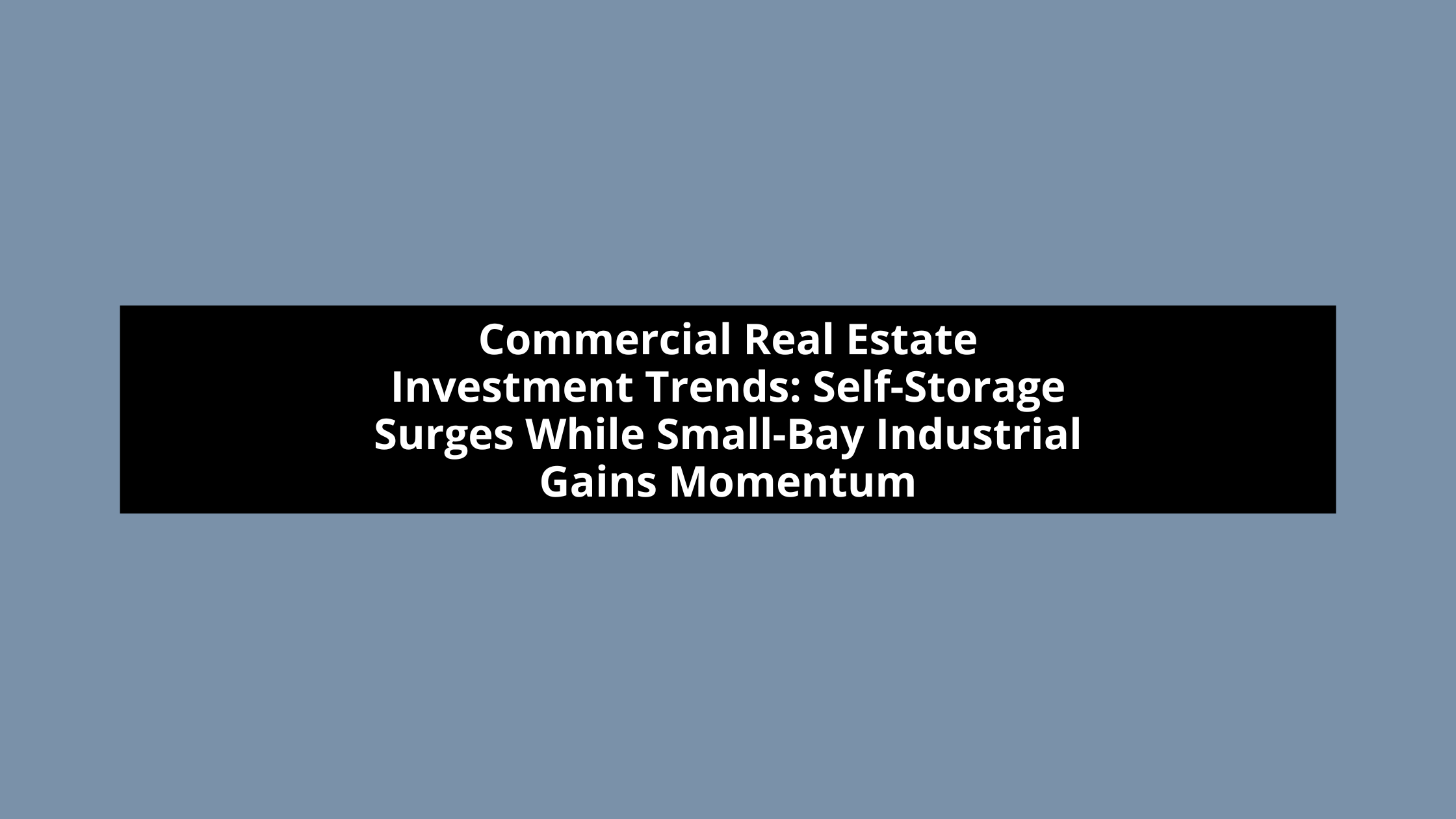Trade Wars Squeeze CRE Financing: Lenders Expand Risk Premiums as Global Tensions Escalate
Commercial real estate lenders are showing increasing caution as global trade tensions intensify, resulting in widening credit spreads across all major property sectors. This shift mirrors patterns seen during previous economic disruptions and signals potential challenges ahead for CRE financing.
Market Conditions Deteriorating
- Recent data from Trepp reveals a concerning trend in commercial property financing. Between late March and early April 2025, credit spreads have expanded notably across the sector.
- Multifamily properties saw spreads increase from 150.2 to 159.3 basis points, while industrial properties experienced similar movement from 152.8 to 161.9 basis points.
- The retail sector faced even greater pressure with spreads jumping from 165.4 to 177.0 basis points, and office properties—already under strain—saw spreads widen from 203.8 to 213.8 basis points.
These increases of approximately 8-12 basis points across property types reflect growing risk aversion among lenders as they navigate an increasingly uncertain economic landscape dominated by trade tensions and inflationary concerns.
Historical Context: Echoes of Past Disruptions
Market analysts are drawing parallels to the spread expansions witnessed during the early pandemic period of 2020, though the current situation is unfolding at a more measured pace. During the COVID-19 crisis, credit spreads surged dramatically in a matter of weeks, with retail and multifamily properties experiencing average weekly increases of around 40 basis points in late Q1 2020. Office and retail spreads reached crisis levels exceeding 330 basis points by early April that year.
While today’s spread widening hasn’t approached those extreme levels, the directional movement carries similar warning signals about market sentiment and risk perception. The current trend suggests lenders are adjusting their risk models to account for growing economic uncertainties just as they did during previous market disruptions.
Tariff Tensions Driving Market Anxiety
The primary catalyst for the current credit tightening appears directly linked to escalating trade tensions and their potential inflationary impacts. Major retailers are already reporting the need to pass increased costs to consumers, while European trade officials have indicated potential for additional retaliatory measures that could further destabilize global commerce.
These developments create a troubling scenario for CRE lenders: the possibility of persistent inflation driven by higher import prices could force the Federal Reserve to reconsider its current interest rate policy. This uncertainty around future monetary policy is prompting lenders to build additional risk premiums into their lending criteria, reflected in the widening spreads.
Implications for CRE Stakeholders
For developers and investors, the consequences of these market shifts are immediate and tangible. Wider credit spreads translate directly to higher borrowing costs, compounding challenges in a period when capital access is already constrained. While the current spread increases may seem modest in isolation, they represent a potential inflection point that could signal a broader repricing cycle across CRE lending.
Project feasibility analyses will need adjustment to account for these higher financing costs, potentially impacting development timelines or forcing redesigns to maintain profitability. Existing property owners may also face recalibration challenges when refinancing comes due, especially if the spread widening trend accelerates.
Looking Ahead: Navigating Uncertainty
The trajectory of credit spreads in coming months will likely depend heavily on trade policy developments. Should negotiations produce stability, spread pressures may ease. However, continued trade hostilities would likely push lenders to further reprice risk, making CRE financing increasingly expensive across property types.
Market participants should prepare contingency plans that account for potential volatility in both lending conditions and construction costs. Strategies might include securing longer-term financing commitments where possible, exploring alternative capital sources, and incorporating greater cost buffers into project planning.
As the commercial real estate sector navigates these challenging conditions, the ability to anticipate and adapt to changing credit environments will prove essential for maintaining momentum in an increasingly complex global economic landscape.
About MylesTitle: MylesTitle is your solution for commercial real estate title insurance. From the ordinary to the extraordinarily complex, we advocate for owners and lenders to issue the most favorable title policies to benefit you and/or your client in terms of coverage and cost.


